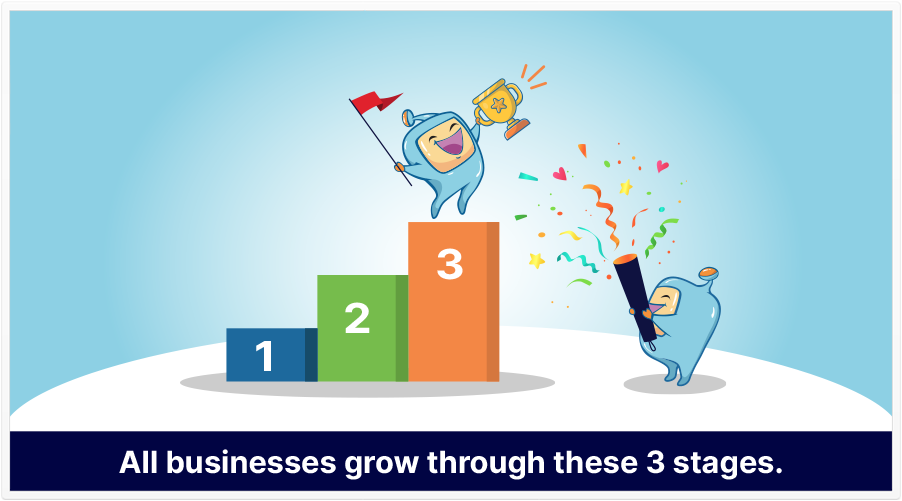
Success can be seen as a step-by-step process and it requires hard work. Similar to how each person is unique, businesses are also unique. There may be businesses in the same market, the same niche, but each one has their own brand, own core values, their way of doing things, their own culture and people, business goals, customer base, produce or service offering, unique challenges, these, and a whole lot more other factors make each business unique from each other.
Something that can be similar across different businesses are the stages that each goes through – starting from development, launch, establishment, growth.
There are many stages of business growth and and awareness of these stages helps a business to adjust, change, and adapt to each stage and any difficulties that may came along, being able to make the right decisions at the right time, and helping the business grow and reach new heights.
Every company want their business to grow and be successful. However, similar to what I mentioned earlier that each business is unique, each business also have different definitions for growth and success.
We’ll look at 3 growth phases that successful businesses go through. Note though that there are several business theories and each have different frameworks, different business model, different growth stages. There are some that takes 10 steps for the business life cycle, some just 5, and in this article we will be discussing three major milestones.
Start, grow, expand.
In this article, we want to give you, the business owner, a good overview of these 3 stages of successful business growth.
With this bird’s-eye view, you’ll be able to chart the growth of your enterprise and hopefully have a long-term view of the future.
Here are the three stages of growing your business:
Stage 1: The Start-Up Stage
Stage 2: The Growth Stage
Stage 3: The Expansion Stage
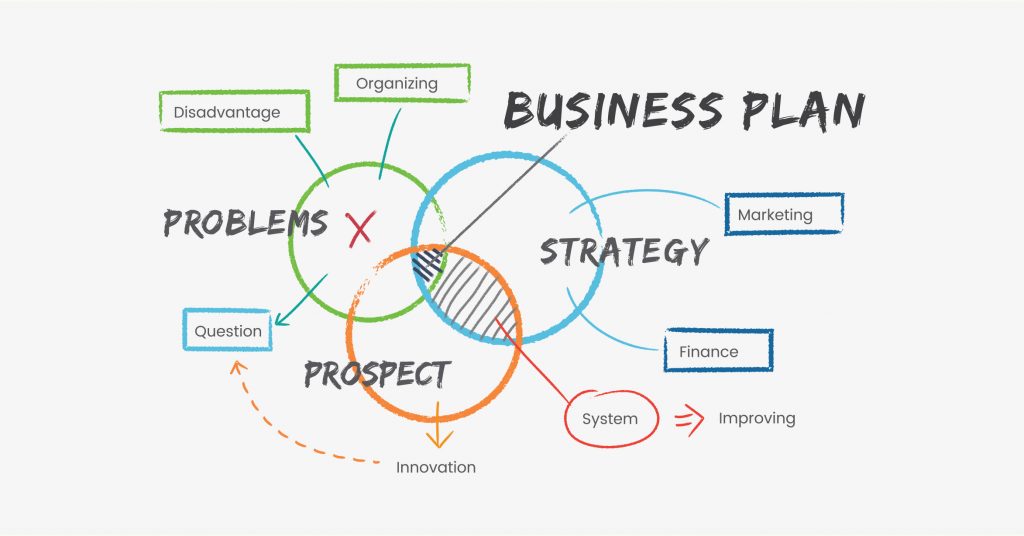
The first stage of business growth is the start-up stage or can also be called the launch phase. There might actually be earlier stages that comes before the startup phase. Some may blend that stage into this one, but it’s worth mentioning: ideation, research, and business development.
If you think about it, before you start a business, you need a business idea. And more than that, you need to vet (or verify) whether your idea is a sound one.
Starting up a business will test your decision-making, formal planning skills, strategic planning skills, and your capacity to come up with a good business development strategies. It’s at this stage that you decide and identify the answers to what, how, whom, and where.
Here are some of the questions you need to think about during the business development stage.
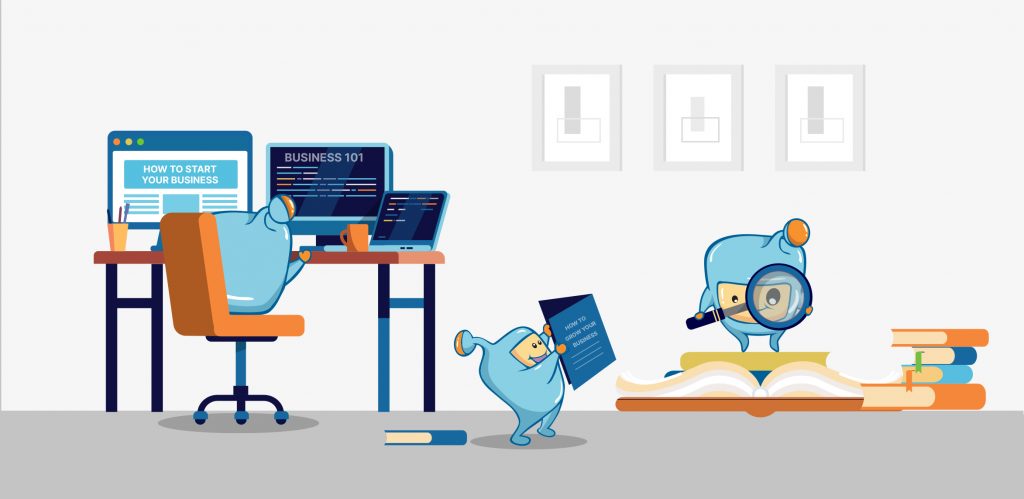
You’re going to identify a your initial product or service that you’ll be selling or providing. You would need to do some research — not just on your product or service, but have insight into your ideal customer and demographics. Make sure your offer has a demand and you are aware of the market conditions. It should be aligned with your customers’ wants, needs, and desires.
Check your industry and business environment. Observe the prices so that you will have some idea of what the market is willing to pay for offers that are similar to yours.
If your offer is unique and you don’t feel that there is anything comparable, that’s fine, but also know that if you’re offering something new, you may have to educate prospects as to how your offer will benefit them. Innovation can push industries forward, but they can also be risky if they’re not adopted, so do your due diligence.
When it comes to how much a person is willing to pay for your offer, part of this comes down to value. If your offer is somewhat more valuable than the other option, then someone may be willing to pay more for it.
Previous questions have touched on these ones. That said, they’re important enough that they deserve more attention. In fact, these may be some of the most important questions you can ask.
Identifying your ideal prospect can sometimes be understood as profiling–that is, creating a profile of your prospect.
If you want to create a profile of your prospect, you may need access to a large amount of data. That depth of research is beyond the scope of this article, but basically, what you try to do is discover a number of measurable, meaningful characteristics that are shared by a large number of people who are in the market of what you’re considering.
This type of research can be insightful, because hypothetically, you may discover that a certain percentage of your buyers live within a certain locality, seasonally buy some items, and spend time on industry-specific websites.
That insight can be useful, because if you know they buy something seasonally, then when that season arrives, you can advertise your offer (assuming it has to do with what they buy) on an industry-specific website that they visit.
More obvious examples are: if you’re selling toys for babies, you may target new parents, and if you’re selling the latest fashionable clothing, you could target teenagers and young adults.
Online? Offline? Both?
Of course, you want to advertise or sell your products or services on a platform where your audience will be.
This could be anywhere from billboards in a given locality to ads served on market-specific videos on YouTube. There are many, many ways to promote your offer.
Of course, it makes sense to try to sell your offer on a platform where your target market frequently invests in similar services.
If you sell online, choose the platform that you would want to start with. (By ‘platform,’ we mean things like Shopify, Wix, WordPress, and other content management systems.) If you think that creating your own website would be great, then that’s an option to consider.
At this stage, you may wish to also consider a brick-and-mortar location, either selling solely at your location or adding an online option.
These questions may seem to be answered easily, but these are very crucial. Your answers to these questions will determine the success of your business.
Always remember to keep it simple. You need enough quantity of product (or service) to be a success. Keep the 80-20 Rule in mind: roughly 80% of your sales might come from 20% of your offerings. (It can even be as dramatic as 95-5, where 5% of products make up 95% of your sales.)
Although it’s a bit early to do so, try to identify that 20% (or 5%), and perhaps even build your brand around those.
Once you have answered all these questions and you already have an idea of what your business, product, or service will be, set up a marketing plan for your business, basing on all the information you have gathered. This would help you plan out your market penetration, and would provide you a guide on the steps you would be taking in introducing your business, product, service, gaining brand awareness, and getting customers for your business.
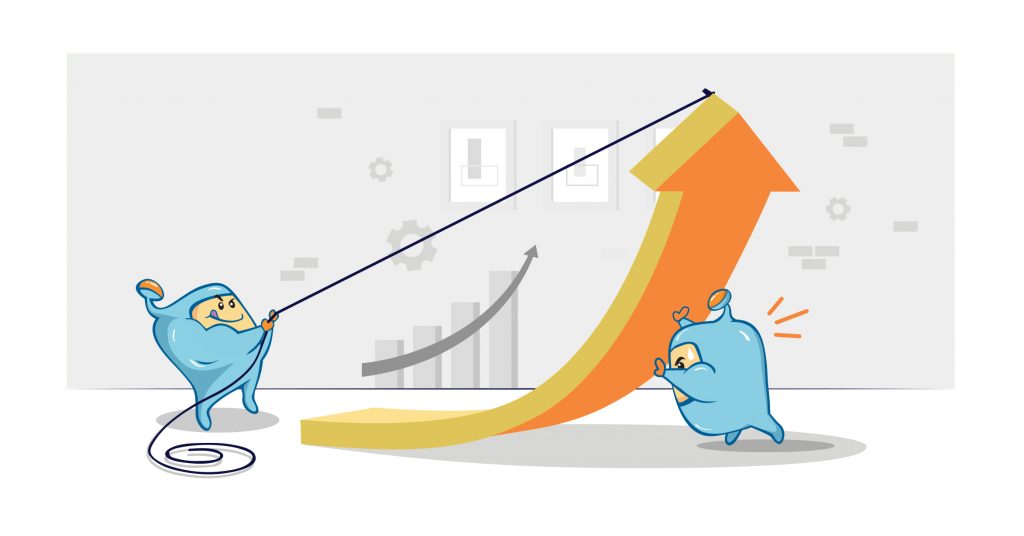
Just as there may be a stage that comes before the start-up stage (which we mentioned as ideation and research), there’s an important milestone that may come before the growth phase or growth stage: survival.
You’ve probably heard the statistic that a large percentage of businesses fail in their first 5 years.
Of course, some of the factors that contribute to a businesses demise may be outside of the control of the business, or something completely unforeseeable.
That’s why survival, especially during the early years of the life of your business, is important to consider.
As much as possible, you want to eliminate (or at least minimize) the unknowns.
So, you’ve successfully started your business and have grown it through any threats to its survival. The next stage is the growth stage.
Growing is where you go from merely surviving to becoming a solidly established business.
In this stage, you will need to figure out the following:
Having customers means having sales. An effective way to get customers is through effective marketing. Find the right marketing strategy and marketing model for your business. If you have the right marketing for your products, customers will be enticed to buy your product.
Now that you know how to get customers, it’s time for you to know how to make them spend more. That is, you want your average transaction size to be larger than it was last month or last year.
The most unique thing you can offer is you.
Of course, if you’re offering a commodity or a product, that might not be entirely practical, but I’d challenge you to see if you can offer a “same-old” product in a unique way.
One of the challenges of being an entrepreneur is doing the same differently. That’s right: if you can offer a new or different twist on something old, you can set yourself so far apart that the uniqueness of your offer becomes the identifying characteristic of your brand.
What can you do for your customers that will endear them to your offer?
Considering all the business models, prospects, and offers out there, there are possibly endless ways to set yourself apart.
I can’t tell you how to do it: you have to ask the right questions and discover the answer that will set you apart.
One last thing I will say about this is that, while you can have sales, unless you’re operating a scalable chain of stores, try not to use lower prices as a means to distinguish your business…unless you want to be seen as the lower-price, “cheap” option.
Apart from getting more customers and aiming for increased transaction sizes, getting customers to increase the number of times they do business is another thing to consider.
Having repeat customers is great. The more times you get a customer to buy your product, the better. This is good because a repeat customer is usually a previously satisfied one (unless there’s no better option). Secondly, a repeat customer has more lifetime value (that is, over the course of years or a lifetime, they would have benefited more from your business).
Loyalty rewards programs, coupons, monthly deals, and the like are all avenues you can explore in order to increase customer frequency.
Your business has survived and grown measurably. Now, it’s time to go to the next business growth stage – the expansion phase of your business.
This stage is mainly for mature businesses that have already established themselves and are ready to expand their business size, gain more market share, and have enough financial resources to expand their business further and possible, expand to new markets to seek out new growth opportunities.
That said, caution is to be exercised here. Make calculated decisions, so that you don’t expand in an area that’s not profitable to you. Plan it out well as there are many businesses that go through rapid growth and expansion that end up failing.
Instead of blindly advertising on every possible platform, you can first do tests to see which sites and ads give you a positive return-on-investment (ROI).
People are on Facebook, Instagram, Youtube, and other social media platforms. If you feel that you can reach a wider number of customers, feel free to explore those platforms.
This might mean setting up business accounts on Facebook (a FB page), Pinterest, Instagram, YouTube, and so forth. Having a social media presence is almost always a good thing, as it shows people that your business is somewhat visible, and not a fly-by-night operation.
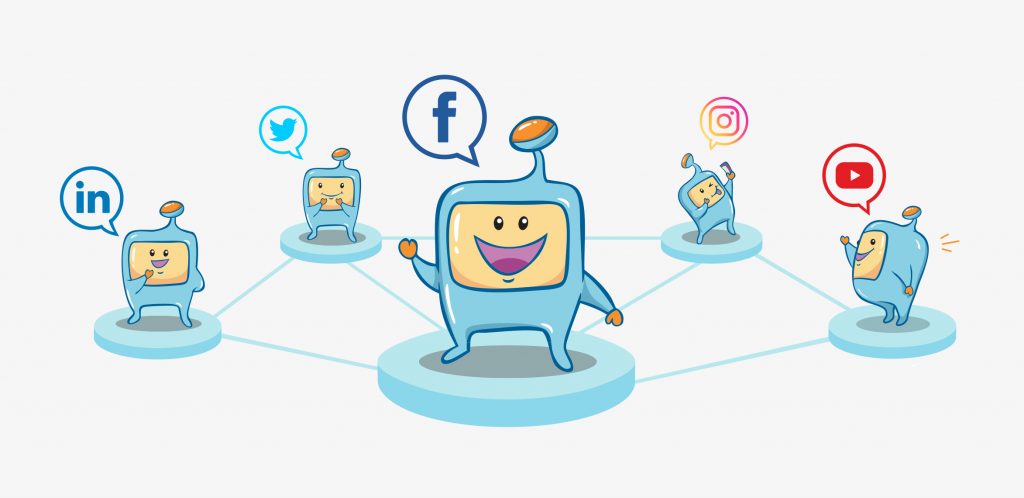
While obeying the rules, do try to promote your offer where you can. If some social media groups discourage blatant promotion, that’s fine; you can just contribute to discussions that your market cares about.
Now that you know the 3 main stages of successful business growth, you are now ready for more. Here are some business tips that will help your business become successful.
Some people think of an idea, then look for people who may be interested in that idea. Others first start with people’s needs, and then try to create a solution.
One isn’t necessarily better than the other, and the best approaches might be a combination of those two. Regardless of which you choose, having a spirit of value, of wanting to help people, and then formulating an offer that matches the needs of others is a good way to bring a new product to market.
Loving your customers means understanding their needs better than they themselves do. You would want to give them what they want. And through this, you will identify what product to sell.
By this, we don’t mean used in the pre-owned sense, but that a product should be used in the sense that it brings enjoyment to others.
On the face of it, a product sold and a product used may seem to be the same. But wait…a sold product that’s unused just sits there…and the next sale is delayed.
We encourage you to morally have your customers use your product or offer (and be satisfied) so that they come to you again, rather than have it just sit there delaying the next sale.
Depending on your industry and offer, some people may need guidance. Installation, group coaching, one-on-one mentoring, done-for-you and premade options all come to mind.
Of course, these options may take anywhere from a little bit of your time, to a significant portion of your time and energy, and you should be compensated accordingly.
If you’re providing the best quality or service, don’t be shy to increase your prices. The price should reflect the value you’re offering (especially if what you’re offering is a non-scalable resource, like your time and energy).
It’s about how you can serve your customers at the highest possible level. This is the key to success. Not only success, but the long-term success of your business.
With these 3 main stages of successful business growth, we hope you’re better prepared for some of the things you need to consider as you navigate the future of your business and as you develop your business into a successful company.
